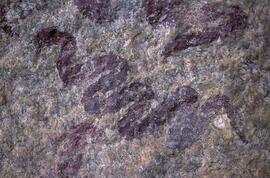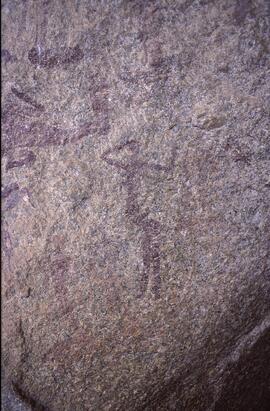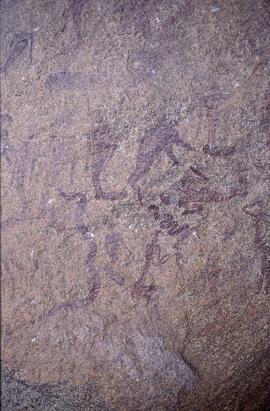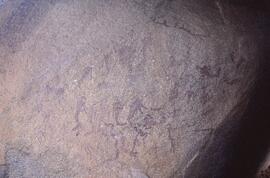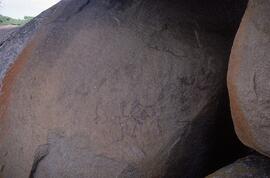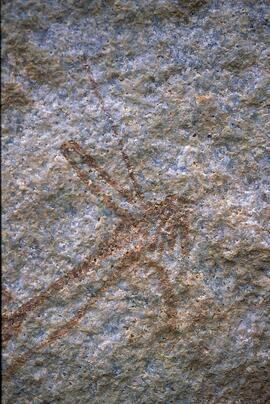RARI RARI-ZIM-ZWE4-8.jpg
·
Item
·
07/11/1999
Part of RARI
Depictions of snakes are not uncommon in rock art.Often it is difficult to detect the head because the snake is entering or leaving a crack or step in the rock face. On close inspection, it is noticeable that most are not depictions of real snakes at all.
Moreover, bushman beliefs about snakes throw light on these puzzling features. It is believed that shamans used burnt snake powder to assist them in the control of their levels of trance. Like snakes, shamans go underground and then surface again when on out-of-body travel, and this probably explains why painted snakes often seem to slither in and out of the rock face. Blundell, Geoffrey
